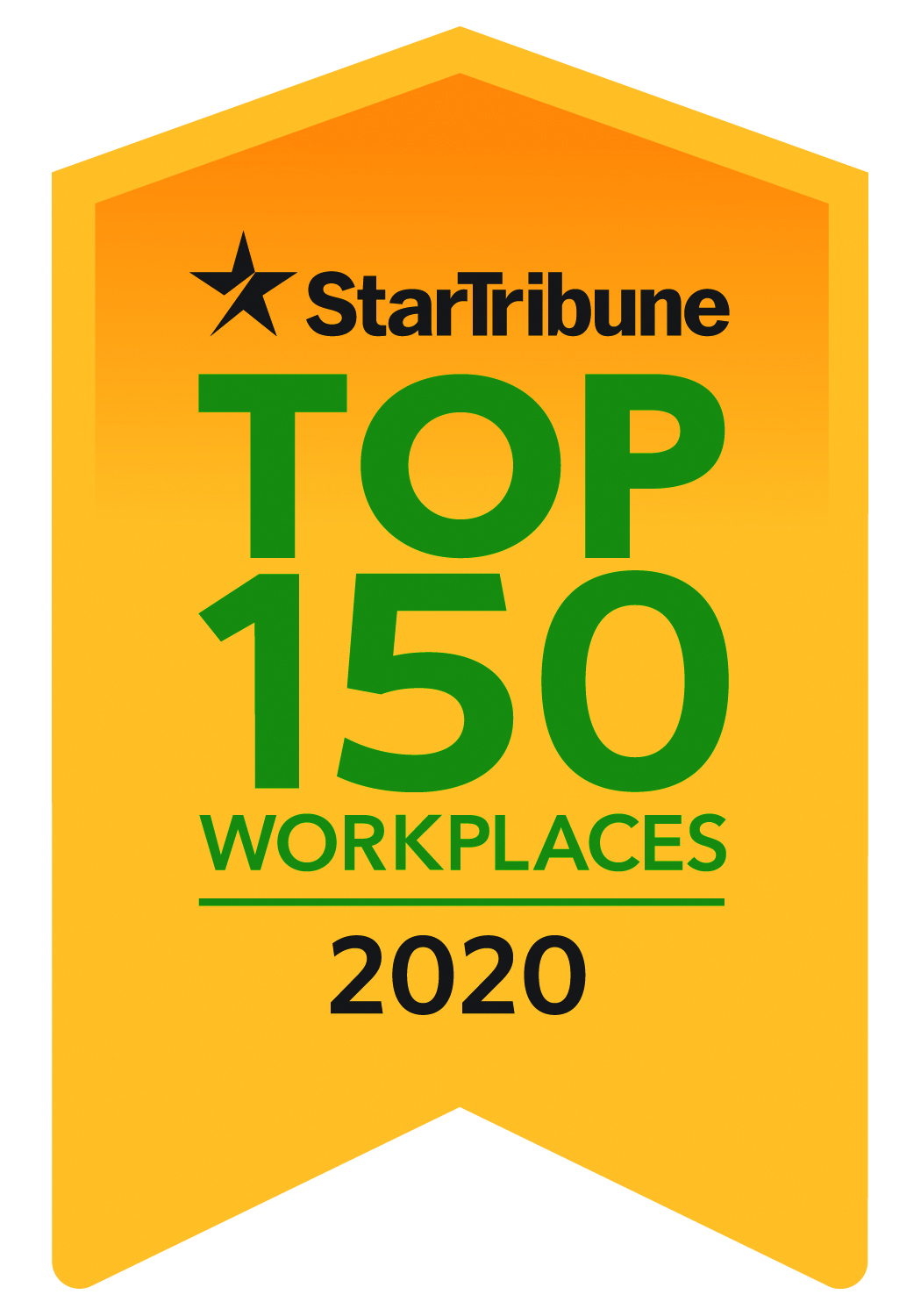What is the Purpose Behind your Business?
These days, everyone wants to be a part of something bigger than them. Not only are customers and clients more likely to work with a business with a mission towards change, but we are also moving towards a Millennial and Gen-Z led workforce; and they are known as the purpose driven generations. So what does it even mean to have a purpose behind your business? It means to regularly support or take action towards a cause other than your own products or services. Whether you have been in business for several decades or are in the midst of launching right now, it is always possible to incorporate an aligned mission into your company model. Believe it or not, purpose and profit are directly correlated. Therefore, as much as it may seem like adding a mission to your model creates more work just to net less, both your business and the community will benefit if you choose to do so.
“Purpose doesn’t make decisions easy, it makes them clear.”
It’s Not What You Sell: It’s What You Stand For
-Roy Spence
When CEO’s and business owners make purpose a core piece of their organization, it can act as a compass for strategy and decisions including: who to hire, who to partner with, and what type of clients to work with. When everyone in the company is clear on what the business stands for (and doesn’t stand for), collective decisions, assessing opportunities, and innovating out of problems becomes easier. This empowers employees to make decisions without feeling the need to consult their manager first as they can be confident in knowing that it aligns with the company’s core values. Additionally, when you let your purpose guide your decisions, it will help steer you away from short-term thinking and scarcity mentality to focus on the overall picture and end goal.
Having a clearly defined purpose also builds your reputation as a company. When you become known in your local market as well as on a larger scale as a company with a calling, you’ll differentiate yourself from other brands and organizations by being seen as a corporation with a larger role in society. This will increase brand loyalty and make organizations as well as individuals more likely to recommend and endorse your services.
Furthermore, there are many other reasons why it is important for your business to have a purpose. Some examples are:
-Builds public trust
-Attracts top talent
-Drives strong work ethic and optimal work culture
-Improves business performance
-Gives the satisfaction of knowing you are contributing to the common good of the environment and/or society
So what are examples of a purpose behind a company? It can be carried out in a number of ways and doesn’t have to look like that of any other organization. Some examples are:
-Donating a percentage of all profits to a cause that aligns with your company
-Hosting monthly, quarterly, or yearly events that benefit an organization of your choice
-Partnering with a local corporation to help employ those in need
-Scheduling regular staff outings to volunteer in the community
-Becoming a pay-it-forward company
If you are an established or up-and-coming brand looking to integrate a purpose into your brand, here are some steps you can take to help you determine what it will be and how you will coalesce it into your business.
STEP 1: Examine the Core Values of Your Company
You will want to make sure that when you decide how and where you want to contribute that it is parallel with what your company’s values as a whole as well as what the non-negotiables are. This will help you establish whether or not you want to partner with another organization, how much and/or how often you’re going to contribute, and the type of cause(s) you want to be affiliated with.
STEP 2: Determine what Legacy You Want to Leave Behind
What does your company want to be known for? Although it is inevitable for the economy and workforce to evolve, your purpose can (and should) remain consistent. Even though it might be enticing to switch causes every so often, keeping it the same will give you something to be recognized by. It will make the company look more genuine as being passionate about a specific cause instead of half-heartedly contributing to any cause you can get involved in.
STEP 3: Set a Goal
What type of change does your company want to facilitate? To feed or clothe a certain number of people each year? To find X number of people a job every year? To raise a certain amount of money for the non-profit of your choice every event? To volunteer a certain amount of times within a year? Setting a goal will give you the ability to map out exactly how you’re going to follow-through with achieving it and gives employees a chance to see how they fit into the plan as well as gives them something to look forward to.
STEP 4: Combine the Goal with an Action Step
Now that you know what the goal is, put all of the necessary steps to reach it in place. This means; get in contact with the organization you want to partner with, set up what day each month the donations are going to come out of the account, book the space you’re going to host your benefit events, schedule the employee volunteer outings. Once all logistics are put into place, you can focus on achieving the goal you set by taking the action steps needed to bring it to fruition.
If your company is looking to bring in new talent, Award Staffing is here to help. Be sure to check out our services page and contact us here:


